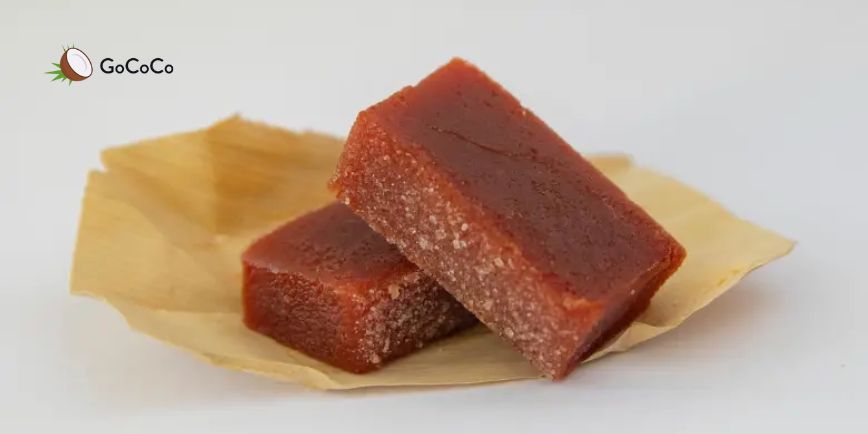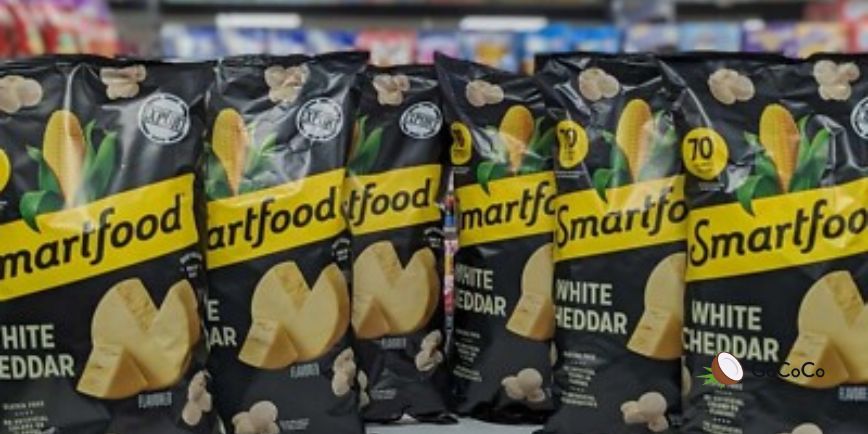
Orzo is a type of pasta, despite its resemblance to rice. Most traditional orzo is made from:
This means it contains gluten by default, and is not safe for people with celiac disease, wheat allergy, or gluten sensitivity.
So unless a package is clearly labeled “gluten free,” you can assume orzo is made with wheat.
🥥Want more gluten-free tips? Visit our Nutrition section for ingredient breakdowns, product guides, and more.
Yes,there are now a handful of brands offering gluten-free orzo substitutes, typically made from:
If you're trying to improve your eating habits, the ingredient list matters just as much as the gluten-free label.
👉Gluten-free orzo makes a great base for meals, especially when paired with other staples like gluten-free bread for a satisfying, balanced plate.
Even with gluten-free orzo on the shelf, it's worth asking: Is this really the best option for me?
Sometimes the best swaps are the simplest:
These alternatives aren't just gluten-free,they're nutritionally stronger and more aligned with a balanced, whole-food lifestyle.
At GoCoCo, we talk a lot about looking beyond the label. Gluten-free doesn’t automatically mean:lower in carbs,higher in fiber and more natural or nourishing
In fact, many gluten-free products are highly processed to mimic the texture of wheat-based items.
That’s why it’s worth thinking about the bigger picture when choosing foods,not just what’s removed, but what’s actually included.
So,when choosing gluten-free products, always double-check the label,even familiar items like Fritos can raise questions if you're not sure about added flavorings or cross-contact.
So yes, gluten-free orzo exists, and it can work in recipes if you're avoiding wheat. But it’s not always the most balanced choice and sometimes, simpler whole food swaps can leave you feeling better and more satisfied.
Instead of focusing only on what’s removed from your food, try focusing on what it brings to the table.
That mindset shift is what helps build real, lasting habits,not just another diet rule to follow.


